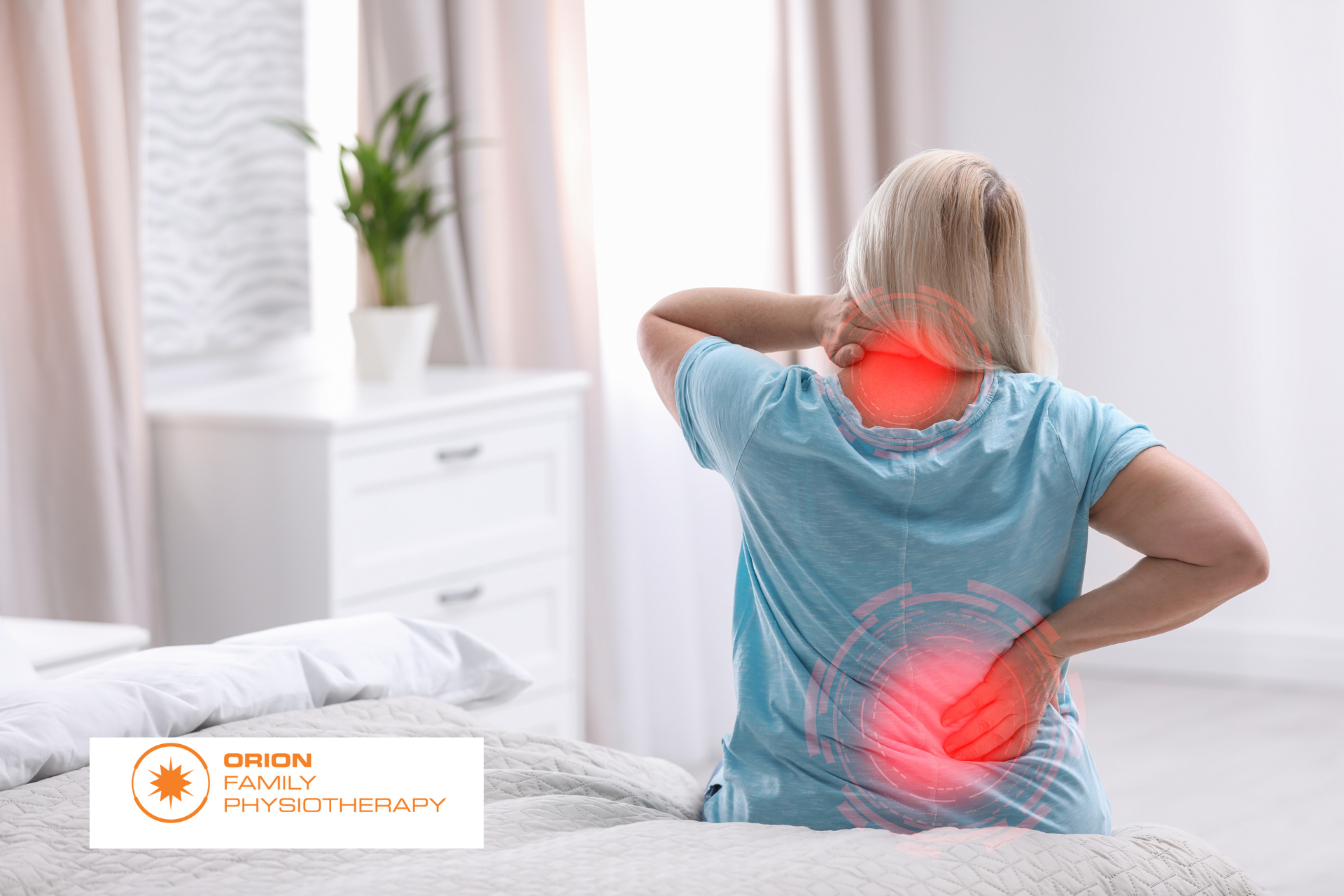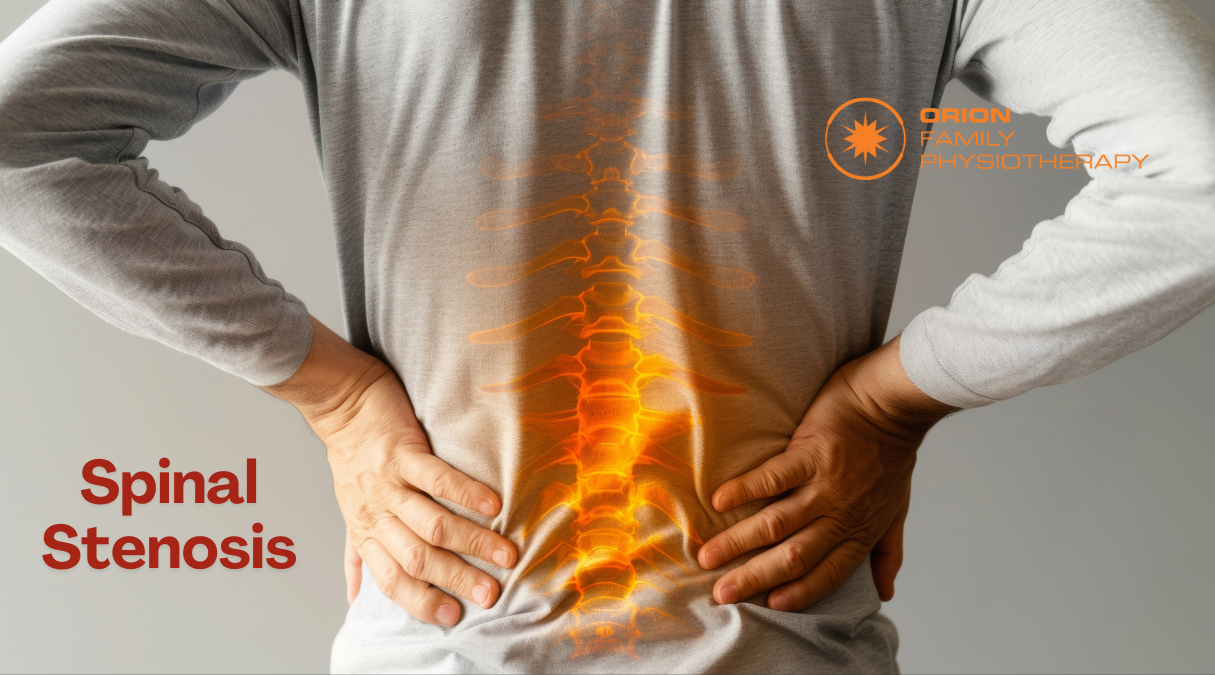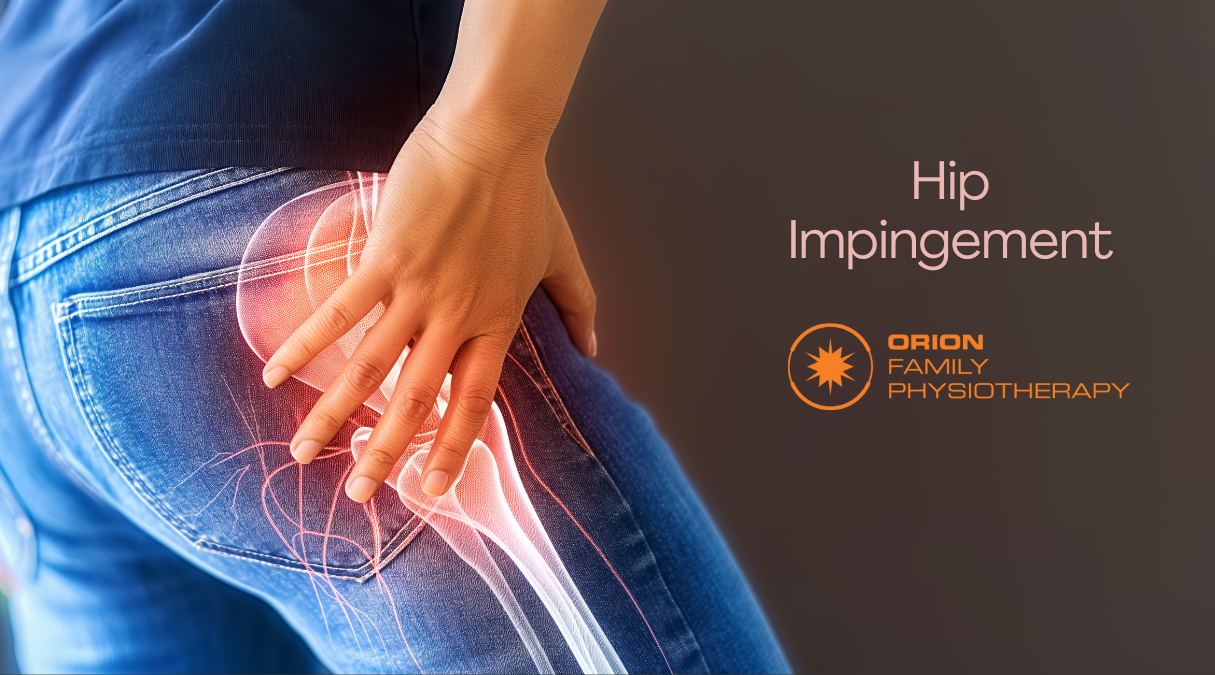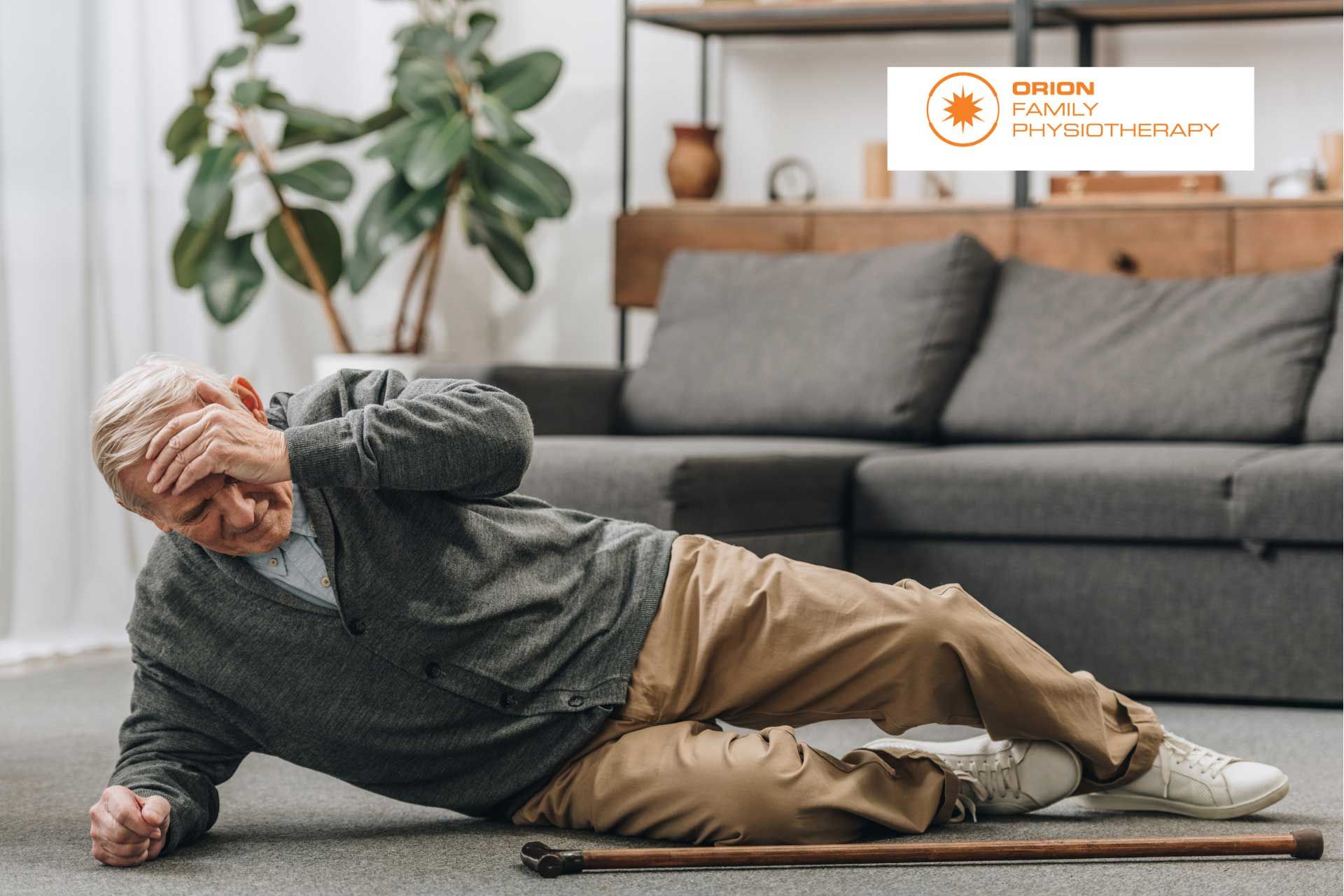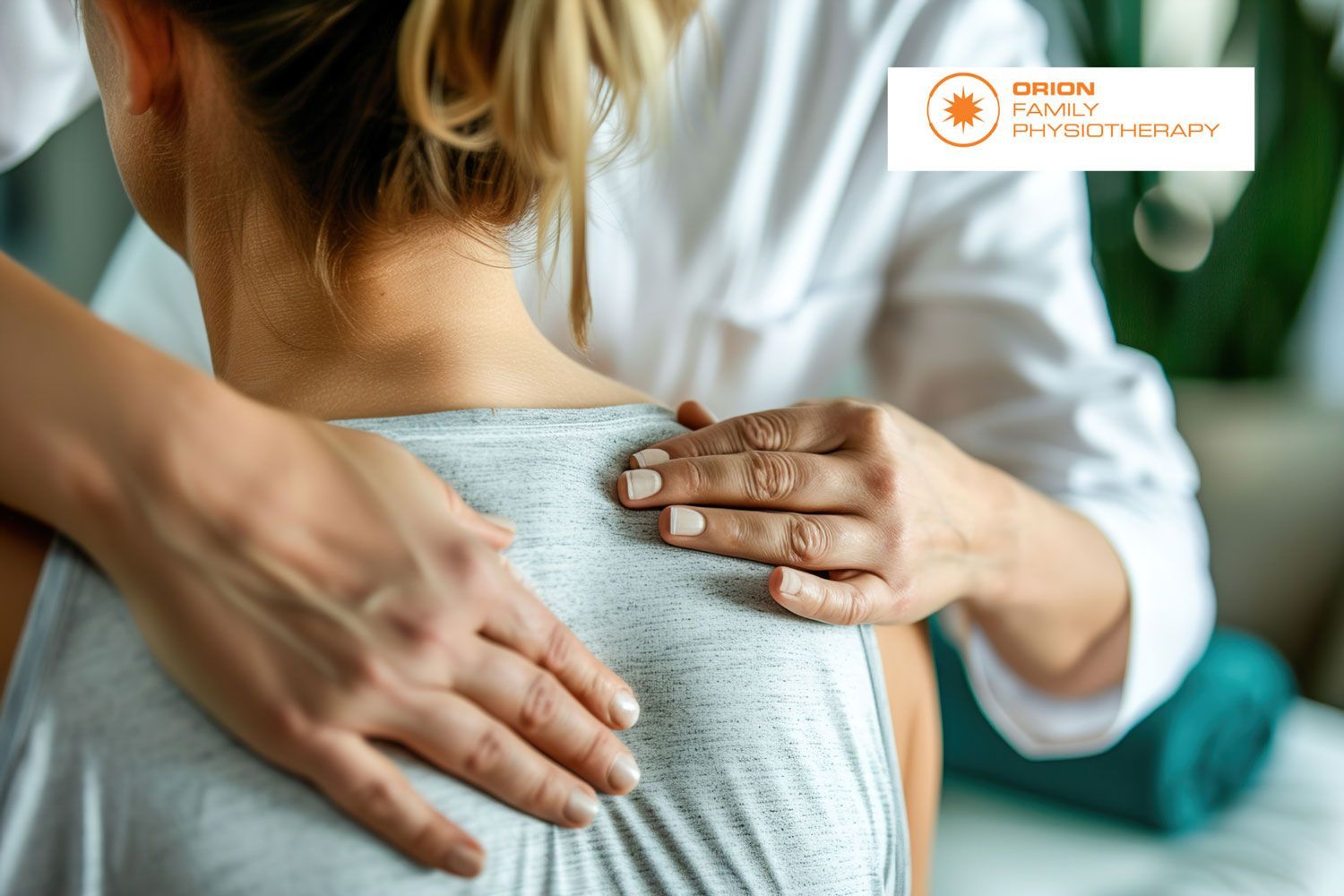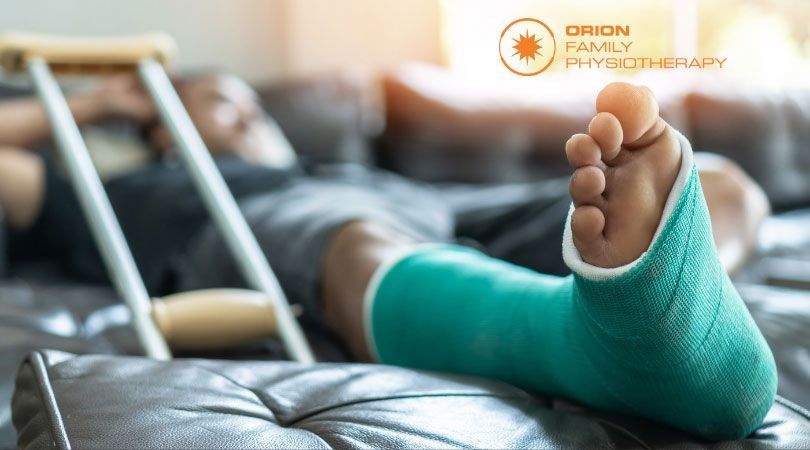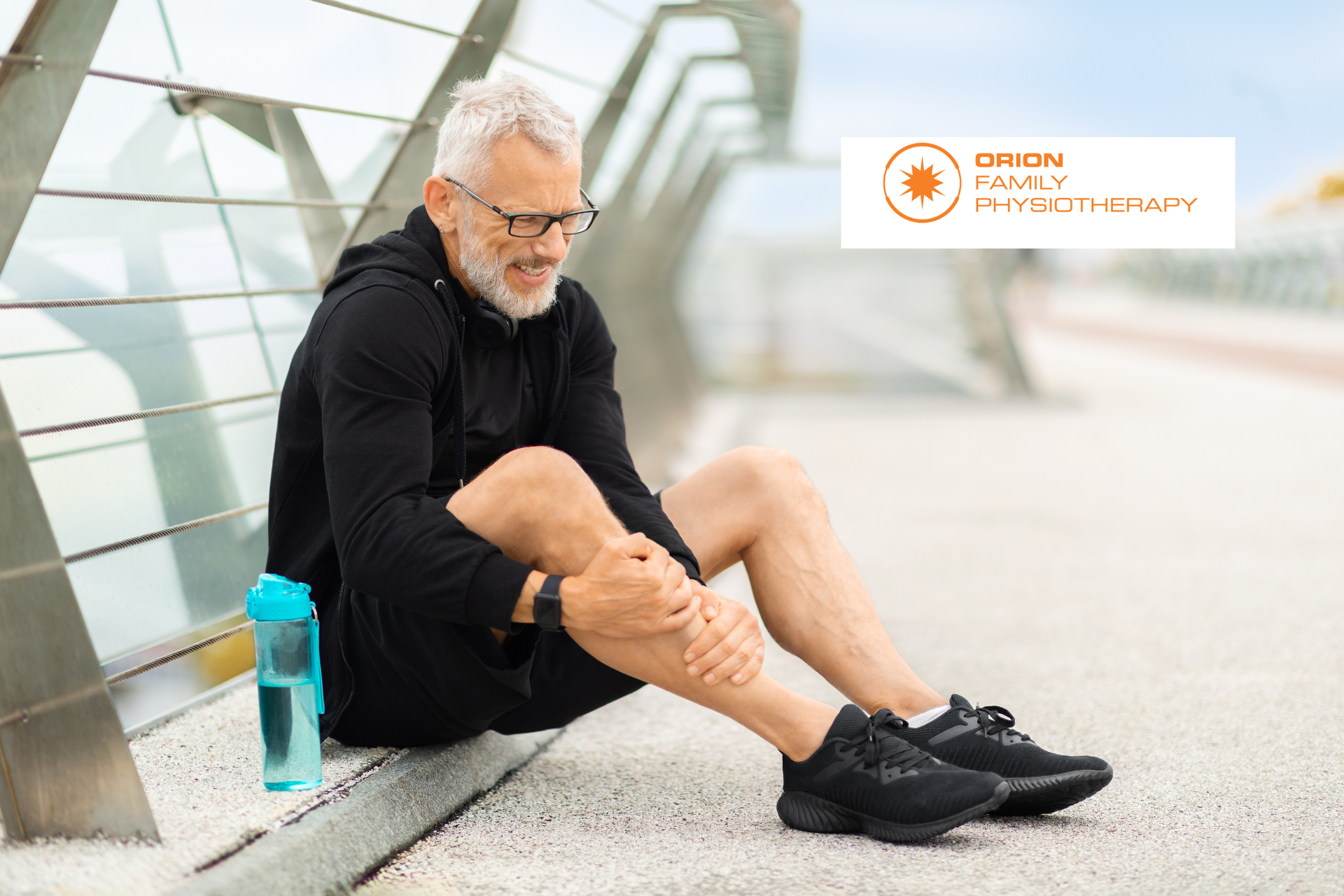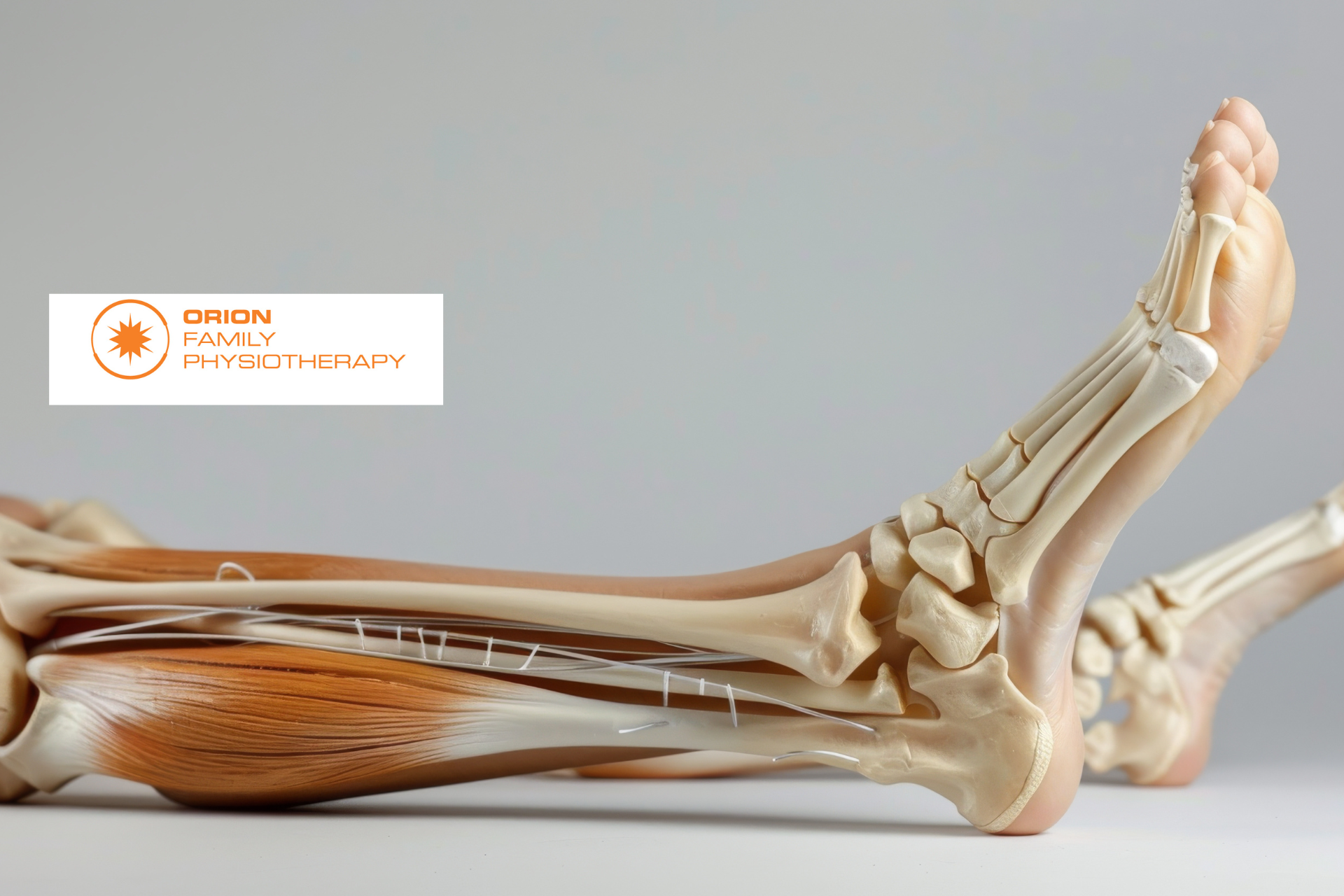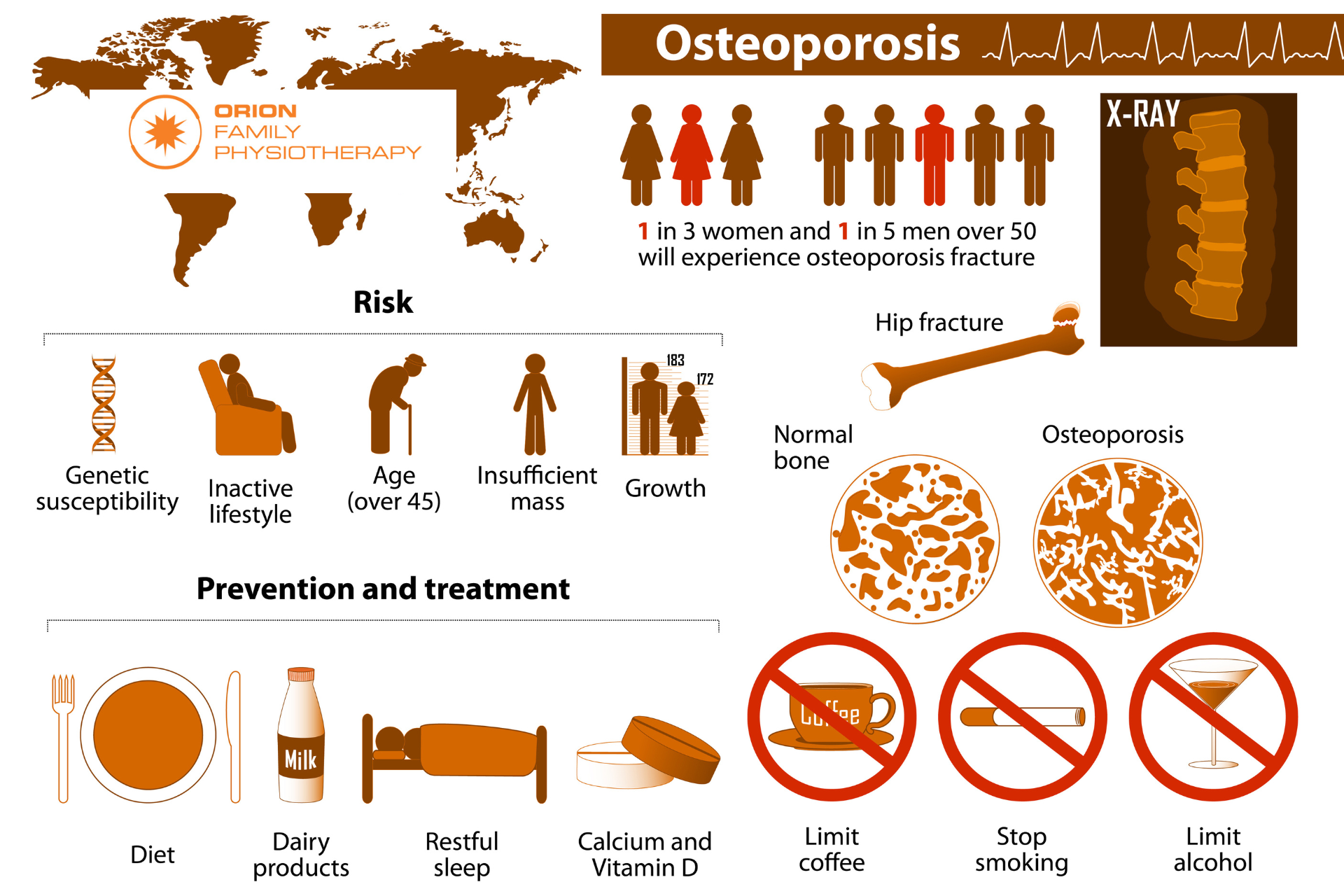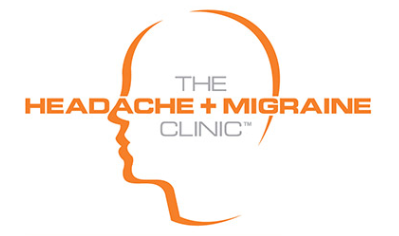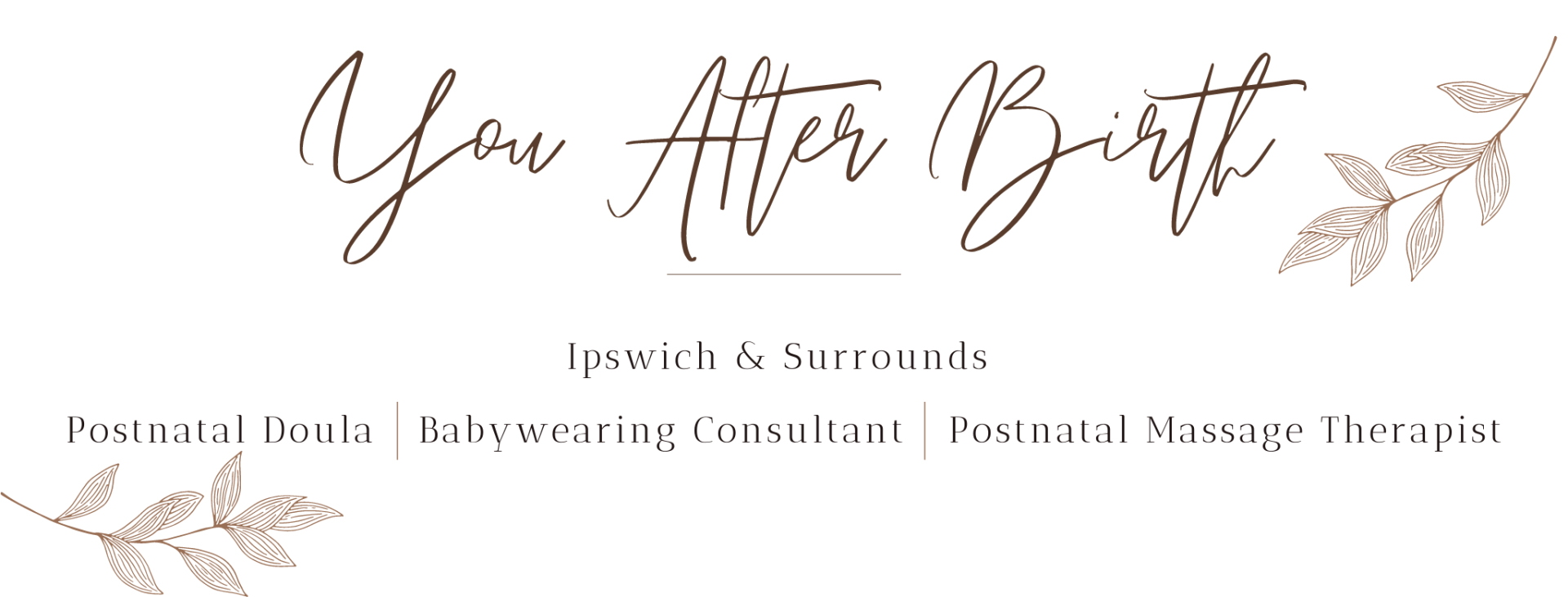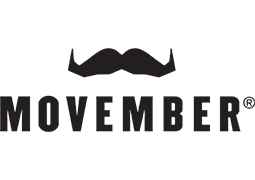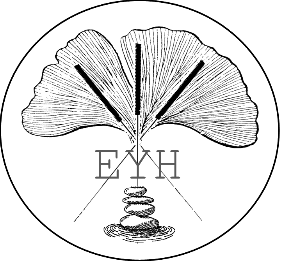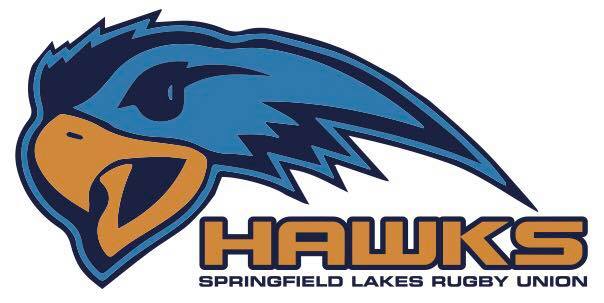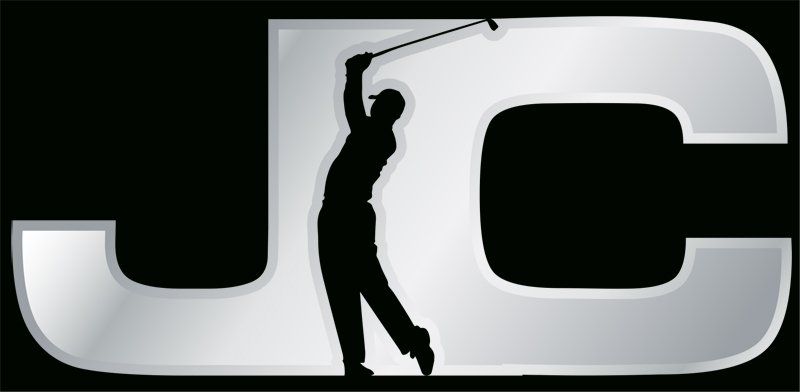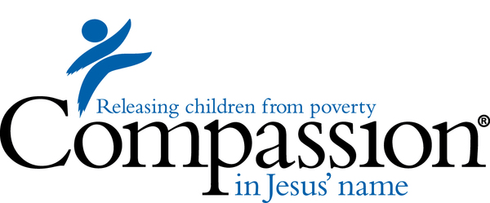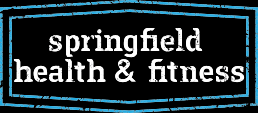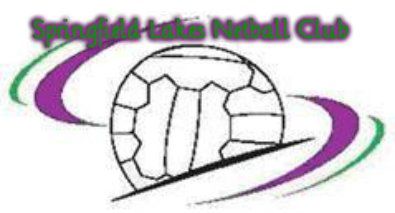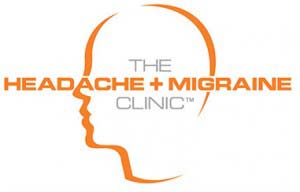Your Body After a Chest Infection

A chest infection can leave you feeling terrible, and it's not always just your chest and throat that are affected. There are many secondary symptoms that come with persistent coughs and sneezes, here are a few that your physiotherapist can help with.
PELVIC FLOOR WEAKNESS
Prolonged coughing can put additional pressure through your abdomen and pelvic floor, which can be a problem if you don't have very good strength to start with. If sneezes and coughs are starting to leave you with a little leakage, know that this is very often treatable. Many physiotherapists specialise in pelvic floor control and strengthening.
HEADACHES
Coughing and sneezing can raise your ICP, the pressure of blood on the cranial circulatory system. This can cause a throbbing feeling in your head when feeling unwell. Coughing elevates this pressure, resulting in increased feelings of heaviness and aching. You may also find that coughing and sneezing bring your head into a forward position, putting additional pressure on the muscles at the base of the skull, the most common culprits in causing headaches.
BACK PAIN
Coughing and sneezing also put pressure on your lower back and ribs. If you already suffer from back pain, this might be obvious to you. Many people experience an episode of acute low back pain during or after a chest infection thanks to a sudden, awkward cough. Sneezes in particular create a sudden force on your body that can lead to strains and sprains of the ligaments and muscles around the spine.
GENERAL ACHES AND PAINS
When your body is in a heightened immune state while fighting an infection, your entire body can feel stiff and achy. Any pre-existing pains can be more painful, particularly neck and thoracic pain.
This article is not intended to replace medical advice. Speak to your therapist for more information on how physiotherapy care might be able to help you.
